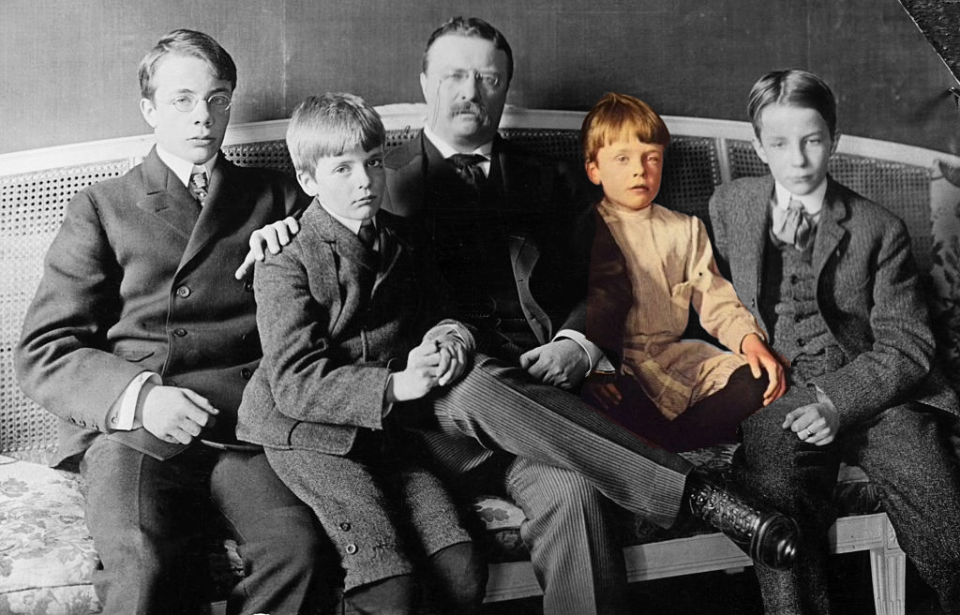Theodore Roosevelt got his start in politics
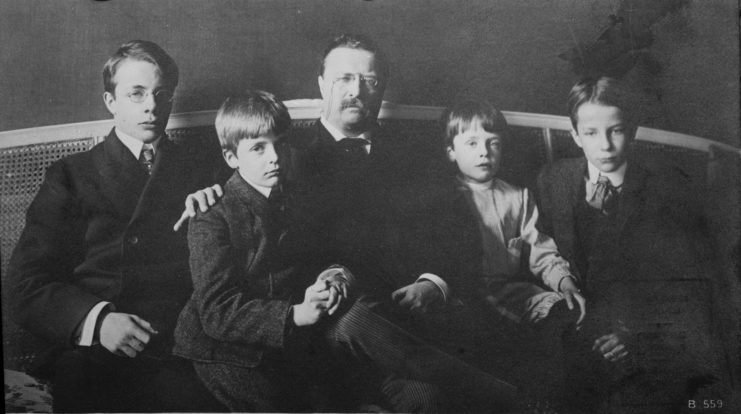
Theodore “Teddy” Roosevelt set a lofty standard for his descendants. Despite grappling with severe asthma during his formative years, the 26th president of the United States perceived his condition as an obstacle to be conquered through sheer willpower and physical effort. Despite his physical fragility, he thrived as a boxer during his time at Harvard University.
After a brief foray into politics as a state assemblyman, Roosevelt became drawn by the rugged lifestyle of a rancher, prompting his move to the Dakota Territory to engage in cattle work in the 1880s. Nevertheless, his ardor for politics endured, leading him back to the realm of public service. He served initially with the United States Civil Service Commission, later assuming roles such as New York City Police Commissioner and Assistant Secretary of the US Navy.
Theodore Roosevelt’s ‘Rough Riders’
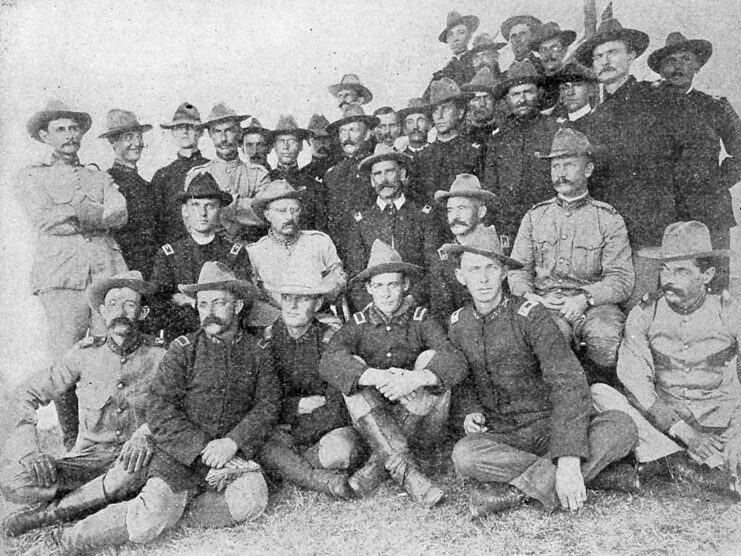
Following the outbreak of the Spanish-American War, Theodore Roosevelt, eager to prove himself, resigned from his position with the US Navy and, alongside US Army Col. Leonard Wood, formed the 1st US Volunteer Cavalry Regiment. Known as the Rough Riders, they fought in Cuba, with their first engagement occurring on June 24, 1898, with the Battle of Las Guasimas. The victory was swift, with American forces and Cuban rebels driving out the Spanish troops from the area.
This, combined with the triumph at the Battle of San Juan Hill, which Roosevelt called “the greatest day of my life,” solidified his reputation as a heroic figure in the eyes of the American public. He became the governor of New York for two years, before becoming the vice president of the United States under William McKinley.
Shortly into his presidential term, McKinley was assassinated, leaving Roosevelt to lead the country. He served two terms and remained active in politics long after leaving office.
Quentin Roosevelt’s early life
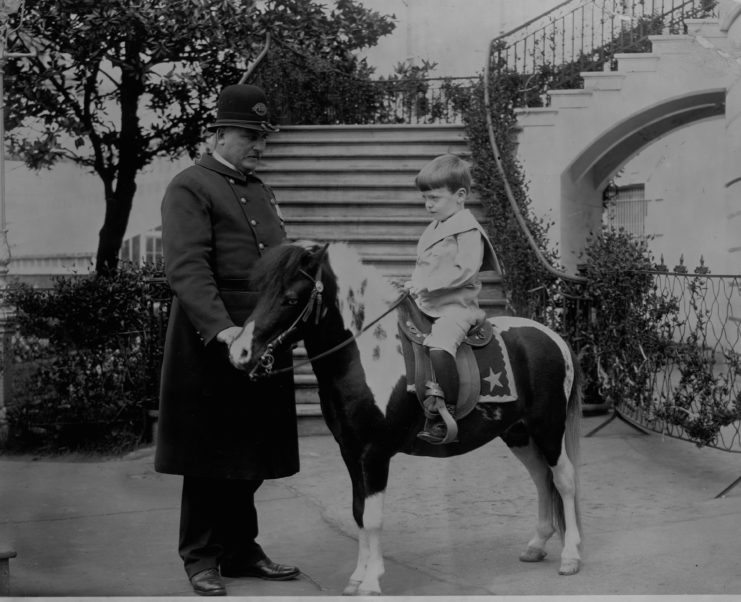
Quentin Roosevelt, the youngest child of Theodore and Edith Roosevelt, grew up alongside his half-sisters Alice and Ethel and his older brothers Theodore III (“Ted”), Kermit, and Archibald (“Archie”).
He was only three years old when his father became president in 1901. Much like his father, Quentin was energetic and full of life, quickly earning a reputation as a mischief-maker. His playful antics included drawing on White House portraits, setting up a baseball field on the lawn, and ambushing Secret Service agents with snowballs.
Despite his mischievous nature, Quentin was also a gifted student. He first attended Episcopal High School in Alexandria, Virginia, and later transferred to Groton School in Massachusetts. He eventually went on to Harvard University, just like his father. There, his talent for writing stood out, and in recognition of his academic efforts, Harvard awarded him a posthumous degree. in 1919.
Entering service with the US military
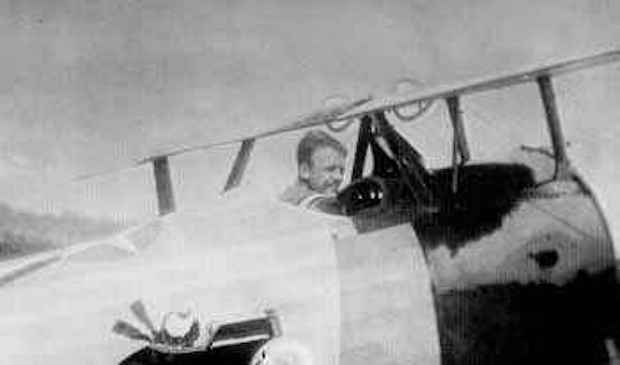
The Roosevelt brothers grew up steeped in patriotism and a strong sense of duty—principles instilled by their father, Theodore Roosevelt, who championed rugged discipline and preparedness for military service. In 1915, Quentin Roosevelt attended a training camp led by Maj. Gen. Leonard Wood, marking the start of the brothers’ shared path into uniform.
With America’s entry into World War I, each of the four brothers accepted commissions as officers. Quentin entered the 1st Reserve Aero Squadron, first training on Long Island before deploying to France as a lieutenant. There, he assisted in setting up a new training base at Issoudun, served as a supply officer, and later oversaw operations at an aviation school for American pilots.
His commitment and skill eventually earned him assignment to the 95th Aero Squadron of the 1st Pursuit Group. After completing advanced flight instruction, Quentin was awarded his pilot’s wings and soon emerged as one of the promising young aviators of the U.S. Air Service.
Quentin Roosevelt showed skill as a pilot
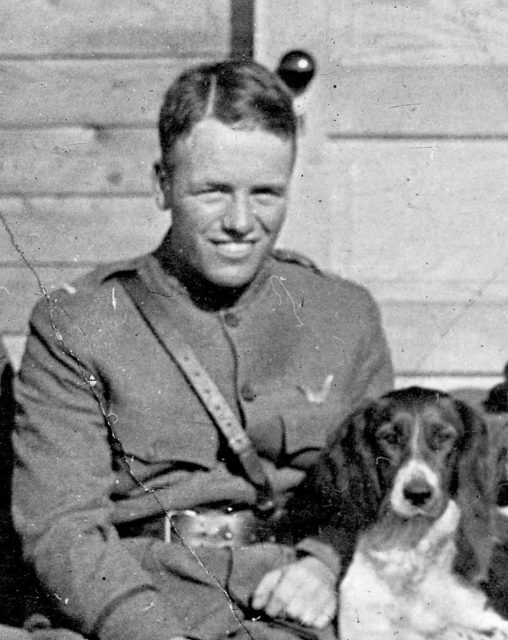
Once in the air, Quentin Roosevelt showed his prowess as a combat pilot, securing his first confirmed kill on July 10, 1918, during the German Spring Offensive. While skilled, he still hadn’t quite shaken the recklessness from his childhood, with fellow pilot and Medal of Honor recipient Capt. Eddie Rickenbacker once commenting:
“He was reckless to such a degree that his commanding officers had to caution him repeatedly about the senselessness of his lack of caution. His bravery was so notorious that we all knew he would either achieve some great spectacular success or be killed in the attempt. Even the pilots in his own flight would beg him to conserve himself and wait for a fair opportunity for a victory. But Quentin would merely laugh away all serious advice.”
Roosevelt was killed in combat
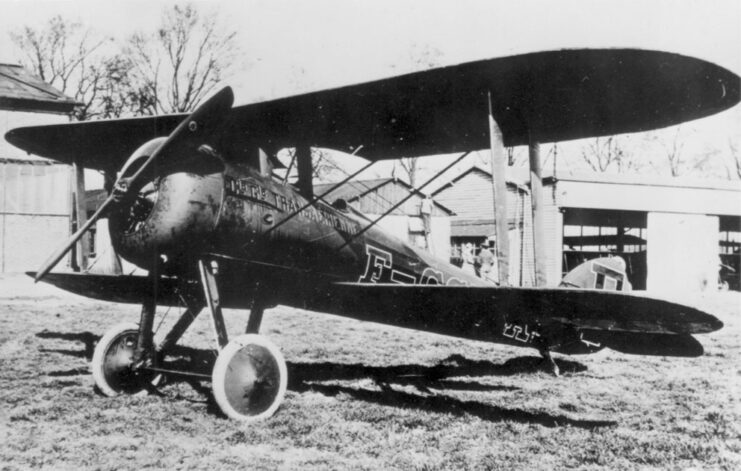
Just days after downing his first enemy aircraft, Quentin Roosevelt was was himself shot down by the Germans over Chamery. Two machine-gun bullets struck him in the head, causing his plane to crash, later recovered by German forces. The identity of the pilot who claimed his life has never been firmly established. Over time, three German airmen—Sgt. Carl Graeper, Lt. Karl Thom, and Lt. Christian Donhauser—have been credited, though none can be definitively named as the one who shot down the president’s son.
Paying respect to Quentin Roosevelt
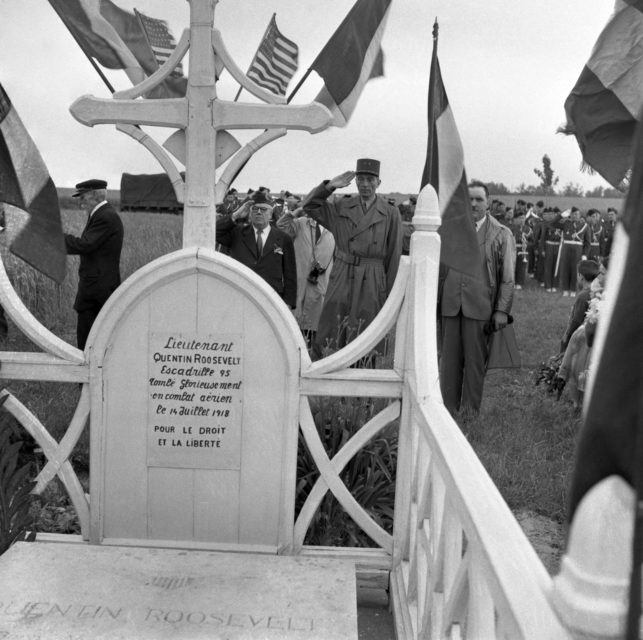
Quentin Roosevelt was laid to rest with full military honors—by the very German forces who had shot him down. They marked his grave with a simple cross, fashioned from wood and wire salvaged from the wreckage of his plane. When Allied troops later reclaimed the area, the humble site became a place of tribute, drawing countless soldiers who found inspiration in his courage and sacrifice. In 1955, his remains were moved to the World War II American Cemetery in Colleville-sur-Mer, where he was reinterred beside his brother, Brigadier General Theodore Roosevelt Jr.—two sons of a president, united in death on foreign soil, their resting place a lasting testament to service and honor.
Theodore Roosevelt was deeply affected by the loss of his youngest son. In a letter to one of Quentin’s friends, he wrote, “To feel that one has inspired a boy to conduct that has resulted in his death, has a pretty serious side for a father, and at the same time I would not have cared for my boys and they would not have cared for me if our relations had not been just along that line.”
More from us: The Magic Engineering Behind Why Early Fighters Didn’t Shoot Their Own Propellers
The grieving Roosevelt patriarch survived his son by only a short time. On January 6, 1919, a blood clot broke free from a vein and lodged in his lung, claiming his life at the age of 60.
